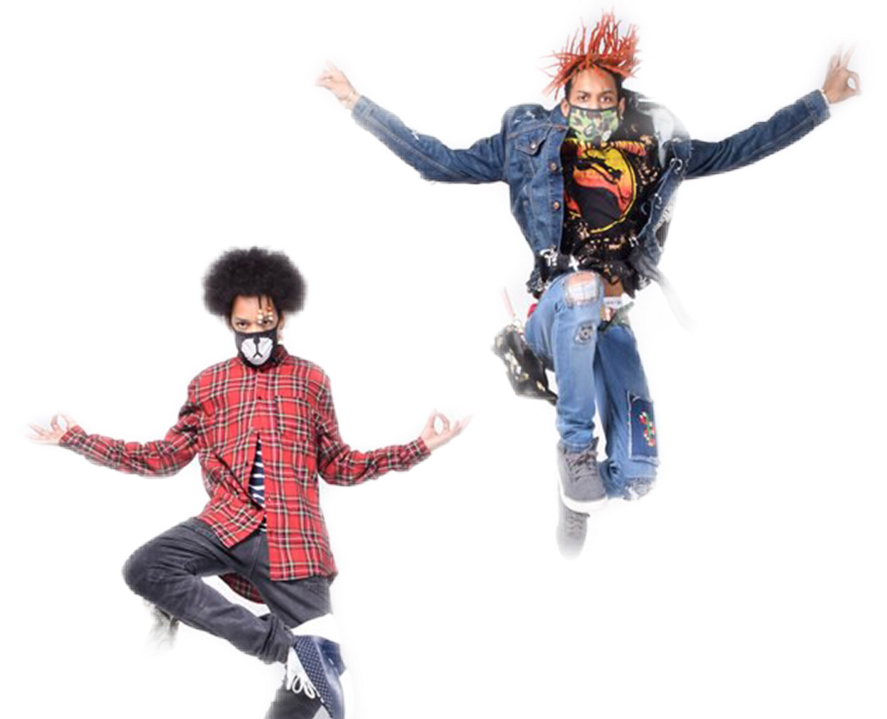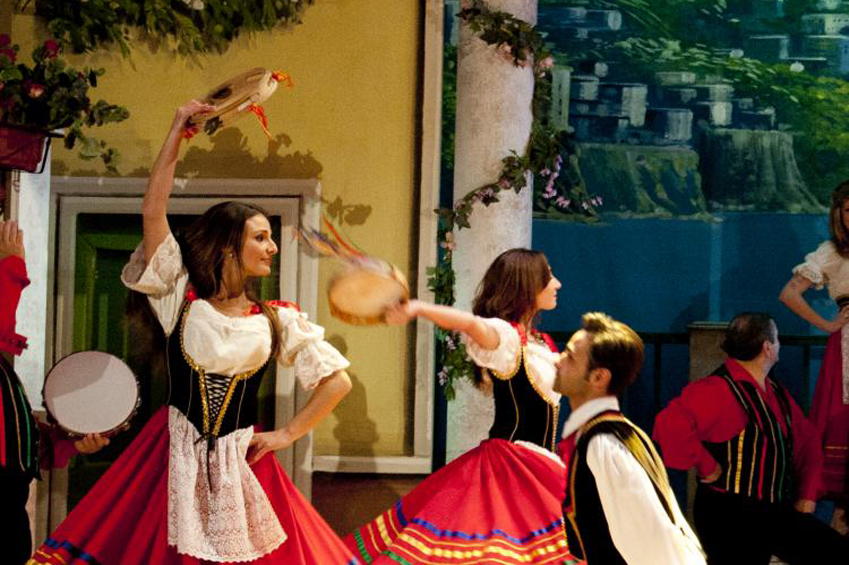How to latin dance solo
10 Ways to Practice Salsa Without a Partner and Get Damn Good Doing It!
There is no reason you can’t practice salsa without a partner. In fact, it’s one of the best ways to get better at salsa dancing. Yes, salsa is a partner dance, but you absolutely must be able to hold your own if you want to have fun, free your mind and be in the moment.
To prove anyone can benefit from some good old fashioned solo practice, I present you with…
10 Things You Should Practice Without a Salsa Partner
- Developing Your Timing & Awareness of Music
- Your Basic Steps
- Shines
- Body Movement
- Turn Technique
- Layering Your Skills Together
- Film Yourself Regularly
- Practice Partner Shadowing
- Memorize Your Steps
- Watch Great Dancers Do Their Thing
GET THE SALSA COURSE FREE FOR A WEEK
#1 Developing Timing & Awareness of Music
At a basic level, this is your ability to dance on beat so you can communicate with your partner and execute movements on time. As you improve your ability to recognize rhythms, instruments, and song structure you’ll find yourself able to start reflecting that expression in your dancing and be more playful. In essence, timing is a foundational element of being able dance with a partner and musicality is what brings that dance to life. If you struggle with finding the beat and dancing on time, I’ve created a really helpful resource just for you. Check out this mini YouTube video course on “Finding the Beat”. it’s a four-part series and it will radically help you improve your ability to find and dance on beat within 30 days, so go check it out.
#2 Mastering Your Basic Steps
This is like learning to walk. These are the foundational steps to everything in salsa. You can never practice your basics enough. So get crackin’ and make sure you evaluate yourself along the way. make sure you can…
- Do your salsa basics on time
- Do you basics in all directions (front/back, side to side, diagnolly, crossing over to the front and the back)
- Switch between each basic step without hesitation
- Stylize your basics with taps and touches
#3 Shines
Shines are the footwork that you use beyond just your basic steps.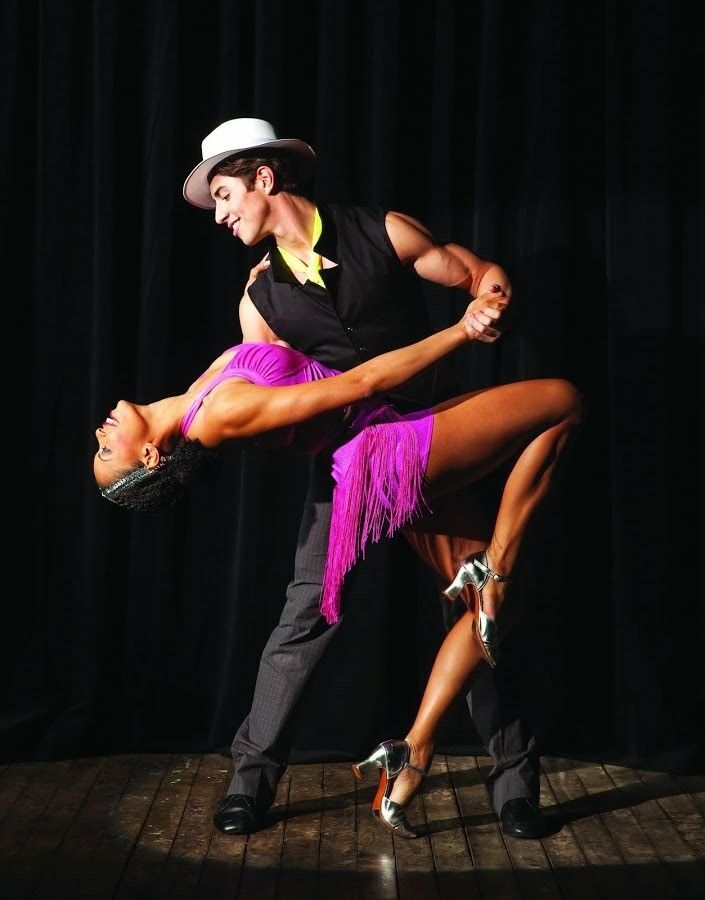 And practicing footwork will help you refine your timing, stepping, and pivoting techniques. Since there are only so many ways you can move your feet, the same steps you learn solo will often appear in your partner work. That means the more shines you know and get comfortable with, the more you’ll start feeling better both dancing solo and with a partner. Through working on shines, you’ll also learn how to step to different rhythms beyond the basic timing. This helps expand your awareness and understanding of the dance and your skills overall
And practicing footwork will help you refine your timing, stepping, and pivoting techniques. Since there are only so many ways you can move your feet, the same steps you learn solo will often appear in your partner work. That means the more shines you know and get comfortable with, the more you’ll start feeling better both dancing solo and with a partner. Through working on shines, you’ll also learn how to step to different rhythms beyond the basic timing. This helps expand your awareness and understanding of the dance and your skills overall
#4 Body Movement
This is really where the magic happens. Let’s take a look at some basics. (Refering to 2:58 in the above video) So here’s a basic with no body movement. Now here’s a basic with some body movement and now here’s a basic with serious body movement. There’s not much else to say. Body movement is that wow factor, that secret sauce, that flavor that makes dance so amazing to watch. When I started to improve my body movement, I really started having so much more fun.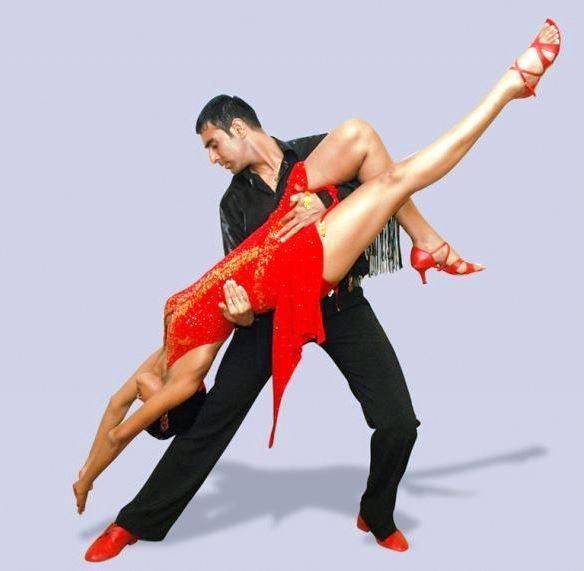 I felt way more connected to the music because I was able to express myself to it. Now, body movement is still one of my greatest weaknesses but it’s definitely my focus right now because I realized it doesn’t only make you look better, it feels so much better. It’s what brings everything to life. It makes you look good, it makes you feel good, and not just to you but to your partner as well. That’s because body movement is actually technique. And when you move correctly, you’re leading and following will feel much more smooth, connected, and impressive.
I felt way more connected to the music because I was able to express myself to it. Now, body movement is still one of my greatest weaknesses but it’s definitely my focus right now because I realized it doesn’t only make you look better, it feels so much better. It’s what brings everything to life. It makes you look good, it makes you feel good, and not just to you but to your partner as well. That’s because body movement is actually technique. And when you move correctly, you’re leading and following will feel much more smooth, connected, and impressive.
#5 Turn Technique
Turn technique is what holds most beginner follows back from being able to execute smooth and controlled turns. And it’s what holds most leads back from being able to lead the turns smoothly because they’re leading them on the incorrect timing. Dial your turns in because it’s the fastest way to improve both as a experienced beginner lead and follow. It’s going to make your dances so much more enjoyable too
#6 Layering Your Skills Together
So you’re going to want to practice all the individual concepts I’ve already mentioned on their own before getting into layering.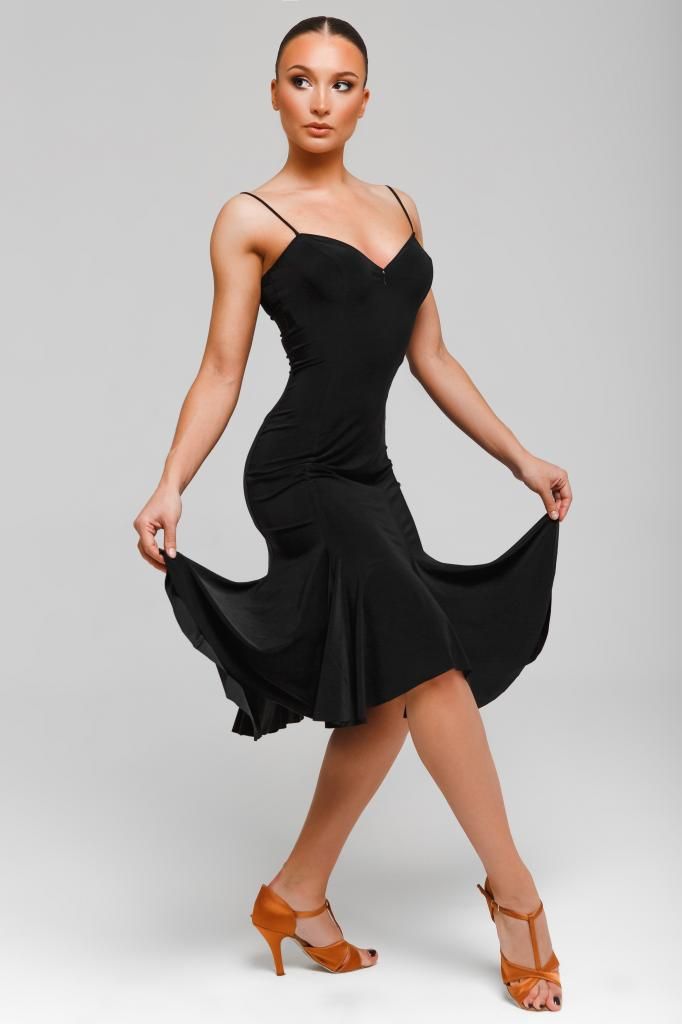 But once you have your timing, your basics, some simple shines, some body movement, and some turn technique, you want to start layering them on top of each other to bring the package together and make your dancing more complete.
But once you have your timing, your basics, some simple shines, some body movement, and some turn technique, you want to start layering them on top of each other to bring the package together and make your dancing more complete.
To start layering these techniques and skills together, begin with your basics. Once you have your basics down, start trying to add your body movements in. Once you can do that, take some simple shines and then try and add body movement into those shines. Now, the important thing to remember here is that you shouldn’t do complex footwork at this point because it’s going to complicate things too much. As you’re trying to add this layer of body movement on top it’s going to be much harder to even do the simplest of shines.
Next up, once you’re comfortable adding body movement to some simple shines, add a turn or two in there and then see if you can add body movement on top of that. Once your execution improves, you can focus on doing each of these things and connect deeper to music.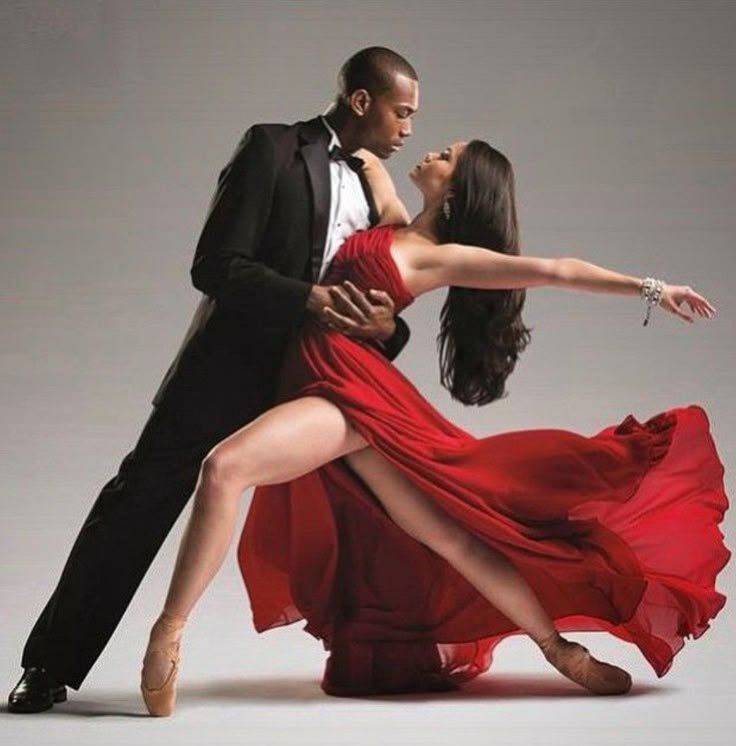 Try playing a song. As it plays, think about and feel how the energy of the song changes from the intro through the verse and into the next section. How does it make you feel, and how are you going to express those changes in the song with your movement? Now remember: Layering these skills on top of each other is a very step by step progressive process. Some days you might feel like you’re a few steps ahead and otherdays you might feel like you’re taking a few steps back. But if you focus on all these individual elements and then layer them on top of each other one by one being very compassionate with yourself and starting very simple, you’re going to see results over time
Try playing a song. As it plays, think about and feel how the energy of the song changes from the intro through the verse and into the next section. How does it make you feel, and how are you going to express those changes in the song with your movement? Now remember: Layering these skills on top of each other is a very step by step progressive process. Some days you might feel like you’re a few steps ahead and otherdays you might feel like you’re taking a few steps back. But if you focus on all these individual elements and then layer them on top of each other one by one being very compassionate with yourself and starting very simple, you’re going to see results over time
GET THE SALSA COURSE FREE FOR A WEEK
What’s Next?
Alright, so you’ve mastered a few of the basics and started layering some of these skills on top of each other. What’s the next progression in your journey, you ask?
More Ways to Progress Your Solo Salsa Practice
#7 Film Yourself Regularly
When practicing alone, the camera is your best friend and you are your biggest critic.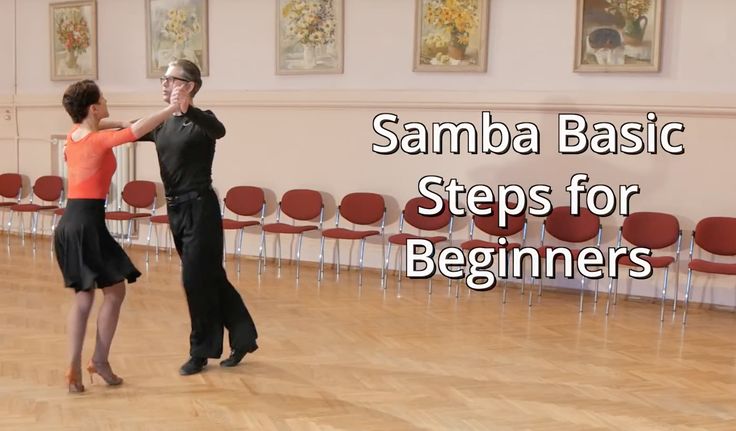 Before getting started, try and have at least one video clip of yourself dancing with a partner so you can analyze what you need to work on.
Before getting started, try and have at least one video clip of yourself dancing with a partner so you can analyze what you need to work on.
How to approach critiquing your dancing:
- Watch the video all the way through without thinking. Don’t be afraid to laugh at yourself.
- Watch the video a second time and identify the parts of the dance that don’t quite look right. Maybe you fumbled your steps, your partner didn’t respond well to your lead, or you had an otherwise awkward moment. Figure out what caused that awkwardness and write it down.
- Keep a list of your “mess ups” and find out what your biggest weakness is. Some examples could be stumbling in your footwork, unclear lead/follow technique, poor timing etc.
- Choose one of the skills from your list of ‘mess ups’ and focus on it during your upcoming practice sessions. Every now and then, re-film yourself and see how you’re improving on your skill of choice.
- Repeat the process of weakness identification, analysis and practice until you are happy with the progress you’ve made.
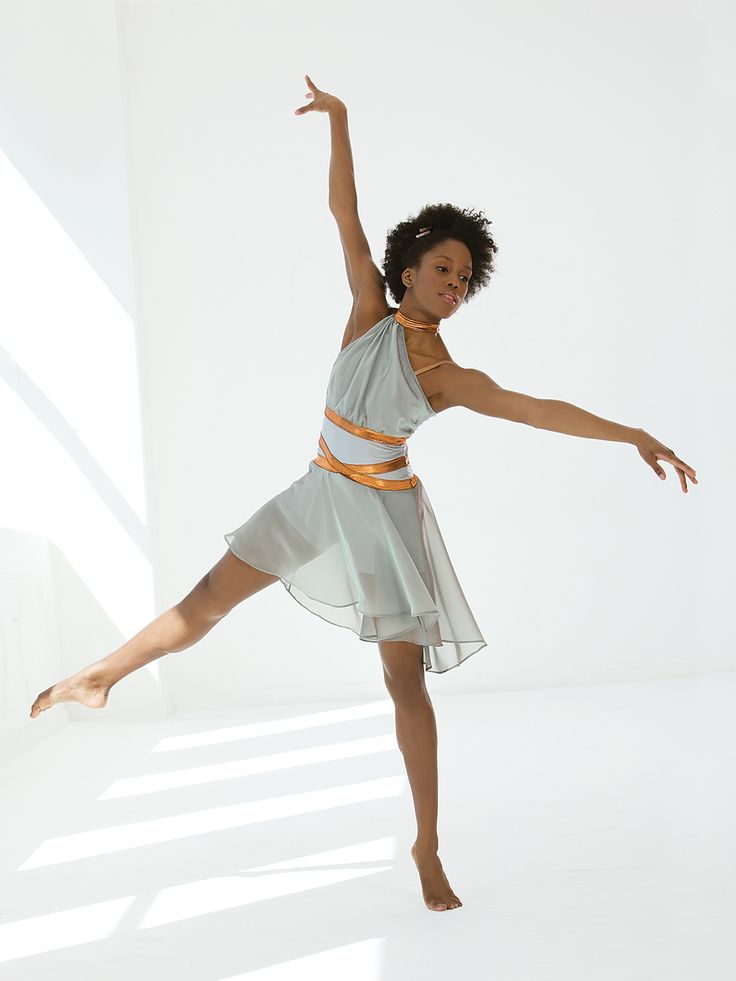
- Celebrate when you see improvement!
#8 Practice Partner Shadowing
Shadowing is basically running through a move or pattern from start to finish while pretending to dance with a partner. It might feel a little lonely, but it’s a great way to drill your technique without the distraction of a partner. Quite often, when you’re learning something new, you’ll pay too much attention to what your partner is doing and forget what you should be concentrating on. When shadowing, you can make sure your posture, movement, lead/follow technique, and footwork are all dialed in before moving on to a partner.
Shadowing is more of an intermediate technique and will get easier and easier the more Salsa experience you have. If you’re a beginner, feel free to give it a try, but don’t get discouraged if you can’t quite visualize the hand holds and (your ghost partner’s) body positioning while starting out.
#9 Memorize Your Steps
Dancing is a language. You have to learn your vocabulary before writing a sentence and perfect your sentence writing before crafting a letter.
You have to learn your vocabulary before writing a sentence and perfect your sentence writing before crafting a letter.
In the same way, you have to master Salsa steps before combining them into a pattern and master patterns before social dancing. Everything in dance is modular. Without the vocabulary, you have no building blocks to build your masterpiece.
So what can you do to make this masterpiece more masterful? Memorize your moves! Increase your potential by having as many building blocks as you can. If you forget your moves, your social dance will crumble.
If you’re really keen to try this, create a list of all the steps you know (perhaps categorizing them by skill level or technique will help you remember them). Every once in a while, re-visit the list and see how many of the moves you can perform from memory. If you find yourself forgetting some, then that’s a good time to start jogging your memory.
The moves you have locked in your memory are your home base – your safe place. From there, you can slowly add steps to your arsenal and expand your vocabulary.
From there, you can slowly add steps to your arsenal and expand your vocabulary.
#10 Watch Great Dancers Do Their Thing
Watching others dance is a great strategy to tie into your camera critique. You already know what skill you want to improve on, so now you need to find someone who’s great at it and study them.
Go out for a night of social dancing and take a break in between dances. Glue your eyes to the dance floor and identify someone who looks like they really know what they’re doing. How does their movement compare to yours? Try to ignore their personal style and focus on the technical movement. Pay close attention to how they connect with their partner, move their body, flow between steps and respond to the music. While watching, focus on the movement that’s related to the skill you are trying to improve. Watching everything they do is fine, but ‘everything’ can be overwhelming to think about. Having a focus will help you find the key takeaways to fast track your improvement.
After your secret spy session, remember one or two takeaways that you can try next time you practice. Rinse and repeat this process for each skill you want to improve. Remember to use your camera to keep tabs on your progress.
GET THE SALSA COURSE FREE FOR A WEEK
How to Salsa Dance | The 2023 New Dancer’s Guide
Lively, elegant and creative, salsa dancing is one of the past 100 years’ most popular dance creations, inspiring thousands to learn how to salsa dance themselves.
This partner dance has an off-beat pattern and plenty of style, but beginners are just a few basic steps away from salsa dancing like professionals.
You can learn how to salsa dance with the help of our informative beginners' guide, which covers everything from a quick history of the dance to detailed instructions of the basic salsa steps and everything in between!
Jump to Section
- Learn How to Dance Salsa
- Salsa Dance Music
- Salsa Dance Styles
- Five Basic Steps of Salsa
- How to Salsa Dance With a Partner
- How to Salsa Dance Solo
Learn How to Dance Salsa
Is it Hard to Learn How to Salsa Dance?
The difficulty of learning how to salsa dance depends on your previous dance experience or natural flair for dance. But even for complete beginners, the salsa is easy enough to learn with just a bit of practice.
But even for complete beginners, the salsa is easy enough to learn with just a bit of practice.
Try a Salsa Dance Class
To learn how to salsa dance with the help of a professional instructor, consider signing up for an interactive dance class near you. There are salsa dance classes across the nation from dance classes in Colorado Springs and dance classes in Denver to dance classes in Las Vegas.
Taking a dance class is the perfect opportunity to learn how to dance salsa with the help of an expert. Alternatively, learn salsa from the comfort of your home with a live instructor by signing up for online dance classes.
via CanvaSalsa Dance Music
The History of Salsa Music
Understanding the origin of salsa music is a key aspect of learning how to salsa dance. Salsa music and the dance known as the salsa originated in New York city clubs in the 1950s and grew to the height of its popularity in the 1960s, according to Encyclopedia Britannica.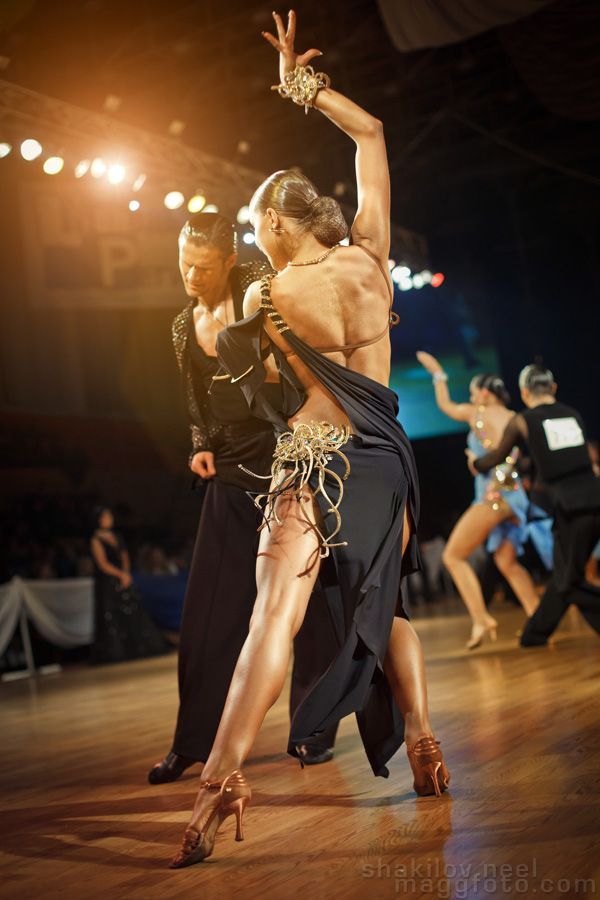
Salsa music merges African, Cuban, Puerto Rican and other Latin American musical traditions to create an energetic and syncopated style.
Salsa Music Instruments
The unique sound of salsa music is based on the clave, a percussion instrument consisting of two sticks made of wood. The clave keeps the off-beat rhythm of the dance and the rest of the band plays with the clave. Salsa music often features trumpet, tres and drums, evidence of salsa’s jazz and big band influences.
Salsa Dance Styles
New York Style
The dance itself was born in New York City to accompany salsa music. This style of salsa is called the New York style. It is a linear dance where the following dancer leads rather than the lead dancer, and it's a great style for beginners learning how to salsa dance for the first time.
Los Angeles Style
There is a Los Angeles style of salsa that is also a linear dance, but in this style, the lead dancer leads the dance.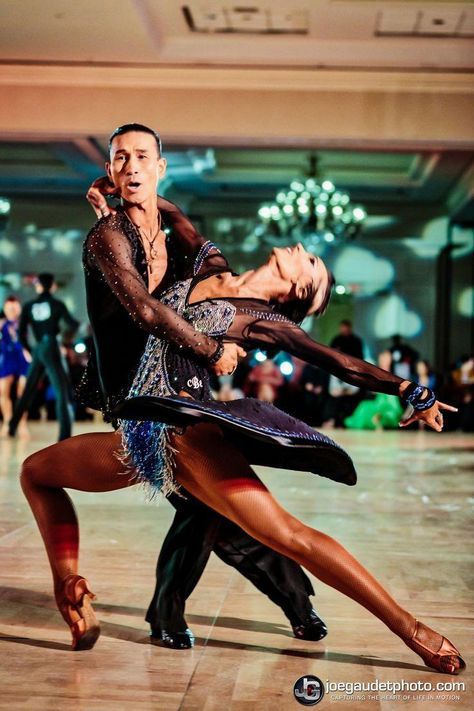
Circular Style
Additionally, there is a circular style of salsa in which dancers circle around one another rather than dance linearly with one another. Cuban and Colombian salsa dances follow this circular style. Learn how to salsa dance to all three styles to become a true salsa-dancing star!
via CanvaFive Basic Steps of Salsa
The salsa dance has five main steps founded on the basic front-to-back step pattern. When you first learn how to salsa dance, practicing this front-to-back step pattern is key to mastering the dance.
When dancing salsa, there is a lead dancer and a follow dancer. The basic salsa steps for the lead dancer are as easy as 1, 2, 3 — front, center, front — and 5, 6, 7 — back, center, back. For the follow dancer, these steps are reversed: back, center, back, then center, front, center.
But what are the steps to salsa dance, exactly?
1. Basic Salsa Step
- Begin with your feet together.
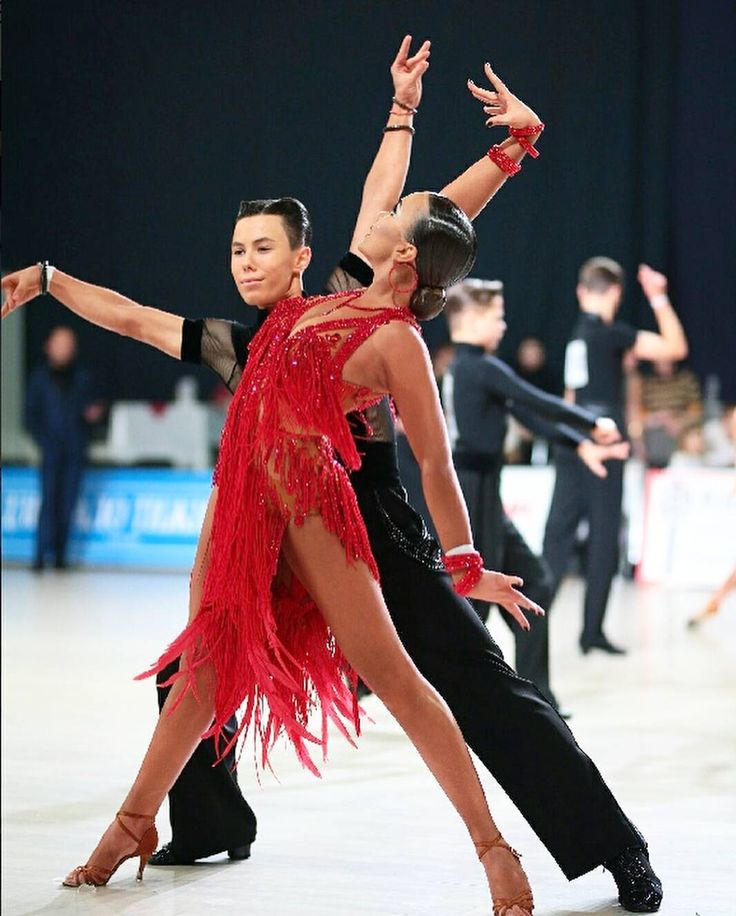
- On beat one, step forward with your left foot.
- On beat two, shift your weight to your right foot.
- On beat three, step your left foot to center again.
- Beat four is a pause.
- On beat five, step back with your right foot.
- On beat six, shift your weight to center.
- On beat seven, step your right foot to center again.
- Beat eight is another pause.
- Repeat these steps until you’ve mastered how to do the basic salsa dance steps!
Tip: As you practice how to salsa dance, keep your hips and arms loose. This is a fluid dance that moves with the music — let your body sway with the rhythm.
2. Basic Salsa Side Step
The side basic step is similar to the basic step but is done to the side rather than front to back. You will be stepping from side to side in this dance step.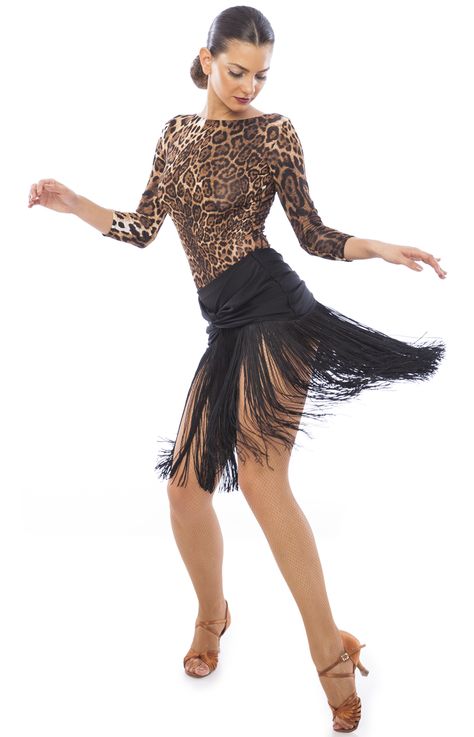
- Lead dancers begin with the left foot and follow dancers with the right.
- On beat one, step out to the left with the left foot.
- On beat two, shift weight to your right foot at center.
- On beat three, step left for back to center.
- Pause on beat four.
- On beat five, step out to the right with the right foot.
- On beat six, shift weight to left foot at center.
- On beat seven, step right foot back to center.
- Pause on beat eight.
- Repeat these steps and combine the side basic step with the basic step as you practice. via Canva
3. Rotating the Follow Dancer
Rotating the follow dancer in a fun spin will add flair to your basic salsa dance. To do this salsa dance step, the lead dancer spins the follow dancer on count five of the basic dance step. After the spin, the dance continues with the basic salsa dance step.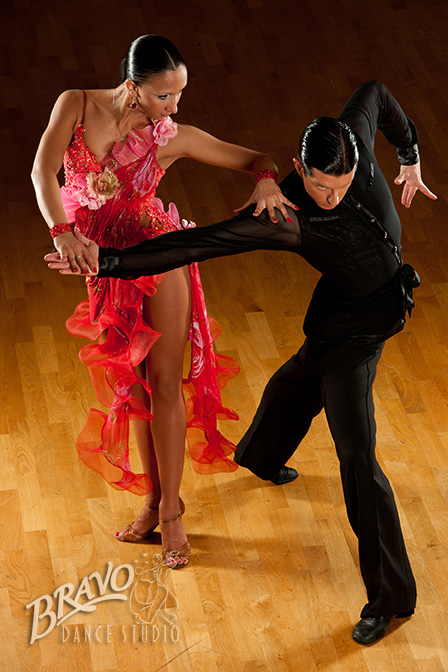
4. Cross Body Lead
For this salsa dance step, you will need to combine both the basic step and the basic side step.
The lead dancer steps to the side on beat two and rotates their body to be perpendicular to the follow dancer on beat three. The lead dancer then leads the follow dancer across the floor in front of them so that the dancers change positions, all while maintaining the basic step pattern.
5. Cross Body Lead With Inside Turn
This step combines the cross body lead with a turn. The lead dancer will turn the follow dancer.
Perform a basic salsa dance step with a cross body lead and then the basic steps with a turn on beat five. Then continue in the basic step.
Tip: Once you have mastered how to salsa dance with the basic salsa dance steps, add personality and flair to the dance with hand and hip movements, or “shines,” when you break free from your partner and perform solo.
Salsa dancing is all about feeling the beat of the music and letting it flow through the body in dance.
How to Salsa Dance With a Partner
The salsa dance was made to be danced with a partner. To salsa dance with a partner, simply grab a friend and practice the techniques above until you both can dance with ease.
If you’re a beginner salsa dancer, you can learn how to salsa dance with a partner in a dance class or through online videos or articles.
via CanvaHow to Salsa Dance Solo
Perhaps your partner is busy or your social circle isn't as interested in learning how to salsa dance, and you’re wondering “How can I practice salsa dancing alone?”
The answer is simple. Just practice the basic salsa steps solo!
The key to learning salsa is practice, and practicing how to salsa dance alone is a low-pressure way to do so. As you dance solo, you can practice your counting, your combinations and your turn techniques.
This is also a great time to practice your body movements — the extra flair that brings life to your personal salsa dance style!
If you want to learn how to salsa dance like a pro, taking a salsa dance class near you with a world-class instructor is the most straightforward (and fun!) way to do so. You’ll get a live how-to on salsa dance steps and tips for practicing the steps at home, as well as a lively interactive environment.
For even more creative ideas and inspiration, check out other experiences happening on Classpop!
Related Articles
A Beginner's Guide to Bachata DancingA Beginner's Guide to Cumbia Dancing
How to Belly Dance (With Confidence!)
How to Line Dance Like a Pro
How to Slow Dance With Style
How to Swing Dance: A Beginner’s Guide
Latina Solo - Latin lessons for beginners in St. Petersburg at the Show Time dance school
Home \ Directions \ Solo Latina (solo Latina)
You can get acquainted with the prices here Prices
See all current promotions here 95, +7 (911) 762-51-70;
| | | | |
| Tue, Sun | 20:00, 19:30 | Sofia Kondratenkova | Recording |
| Fri | 19:00 (2 hours) | Alexandra Zueva | Open group |
| sat | 14:00 | Xenia Kolosova | Open group |
| sun | 13:30 | Anastasia Vaida | Open group PRO |
| sun | 14:30 | Anastasia Vaida | Open group |
 Latin dances are mamba, salsa, bachata, samba, cha-cha-cha, rumba, jive, merengue, solo latina and other dances.
Latin dances are mamba, salsa, bachata, samba, cha-cha-cha, rumba, jive, merengue, solo latina and other dances. Solo latina video
Latin dance in St. Petersburg
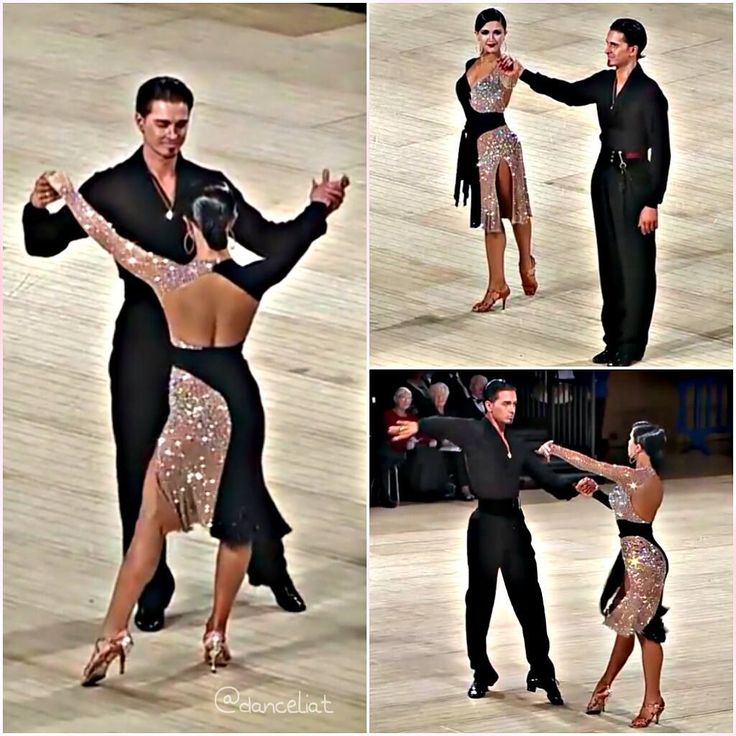 At the same time, the intensity of training in our Show Time dance school will make you burn about 400-500 calories per hour for each lesson.
At the same time, the intensity of training in our Show Time dance school will make you burn about 400-500 calories per hour for each lesson. How is solo latin training going?
Latin dance solo training at Show Time studio is divided into the following stages:
- warm-up; warming up muscles before training;
- the main part of the workout with the maximum load. The very middle where we study dance movements and links to them.
- gradual cooling and final stretching.
Tips for choosing clothes and shoes for the lesson
The most important thing is to choose clothes that will not restrict your movements, that you like and that you feel comfortable in! Shoes should have a soft sole, slide, but not very much (not a rubber sole, for example, sneakers will be uncomfortable for you), not hang on your leg, you should be comfortable in it (that is, while dancing, you should at least not think about shoes, and ideally do not remember at all whether it is or not). Czech shoes or shoes from the Latin American ballroom dance program are ideal. And remember, how you move has a huge impact on how you look.
Czech shoes or shoes from the Latin American ballroom dance program are ideal. And remember, how you move has a huge impact on how you look.
Sign up for Latin lessons for beginners!
Many women would like to try their hand at bright and passionate Latin style. Due to the high intensity of the Latin solo dance classes at Show Time, you can find not only a good mood, but also a beautiful figure, health and perfect posture.
We provide training from scratch. Sign up for solo latin lessons for beginners at the Show Time dance school in St. Petersburg at the link or by phone +7 (812) 961-70-95, +7 (911) 762-51-70.
Shares
Dance with us))
All details by tel.:
8 (812) 961-70-70 95
8 (911) 762-51-70
Latina solo for beginners - Latina dancing in St.
 Petersburg
Petersburg Latina is always popular: dance solo
Latin American dances are considered to be the most incendiary, emotional and energetic dances. They fascinate and make you want to join the dancers as soon as possible. You can learn Latin at any age. The only drawback of such dances is the need to select a partner, because until recently it was possible to dance latin only in pairs. Today, this problem has been completely solved, because everyone can enroll in a dance school for solo Latin lessons.
What is latina solo? This is an opportunity to dance explosive salsa, cha-cha-cha, gentle passionate rumba, energetic jive alone. There is no longer a need to look for a like-minded person, to adapt to his capabilities, to look for a common time for training. Dance the way you like!
The performance of a solo Latin American dance is an improvisation that is not limited by the requirements for a sports Latin dance pair and norms. You can maintain the pace and rhythm that is comfortable for you, choose the most interesting movements, come up with your own combinations and complexes.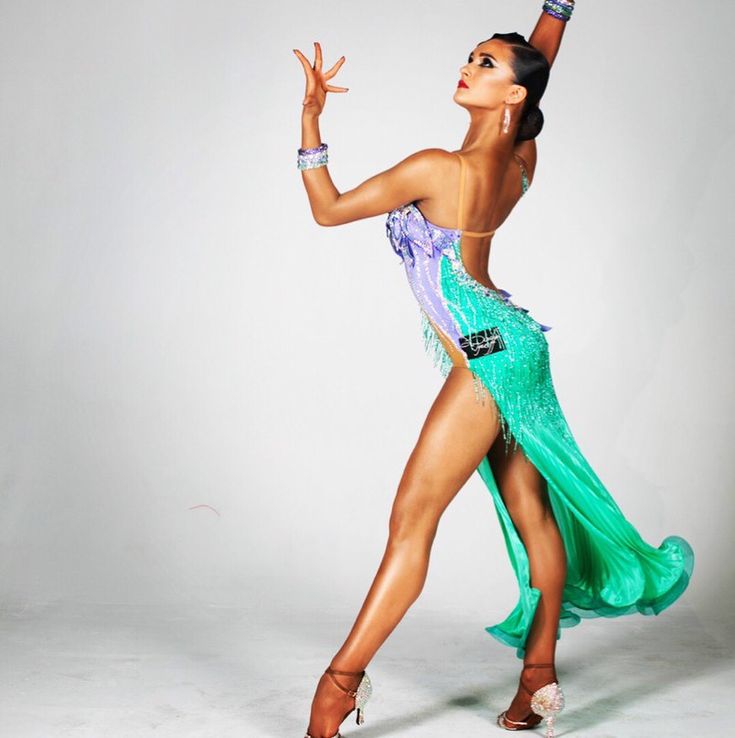 Latina is passion, impulsiveness and emotionality, which are expressed in dance. The movements are performed in one breath, the dancers glide over the floor, the poses fascinate with grace.
Latina is passion, impulsiveness and emotionality, which are expressed in dance. The movements are performed in one breath, the dancers glide over the floor, the poses fascinate with grace.
Latin solo classes are a great option for dance practice for people who aspire to:
- Develop your dancing potential to the maximum;
- Maintain excellent physical condition;
- Strengthen muscles and improve health;
- Express your emotions and feelings to the most romantic and incendiary music.
Training helps to develop the plasticity and flexibility of the body, to acquire the skills and abilities that will allow you to shine at parties and attract the eyes of others, catching their admiration. Latina helps to form a beautiful posture, has a positive effect on gait, coordination. Sign up for a solo latina group - this is the easiest and most interesting way to keep youth for a long time.
